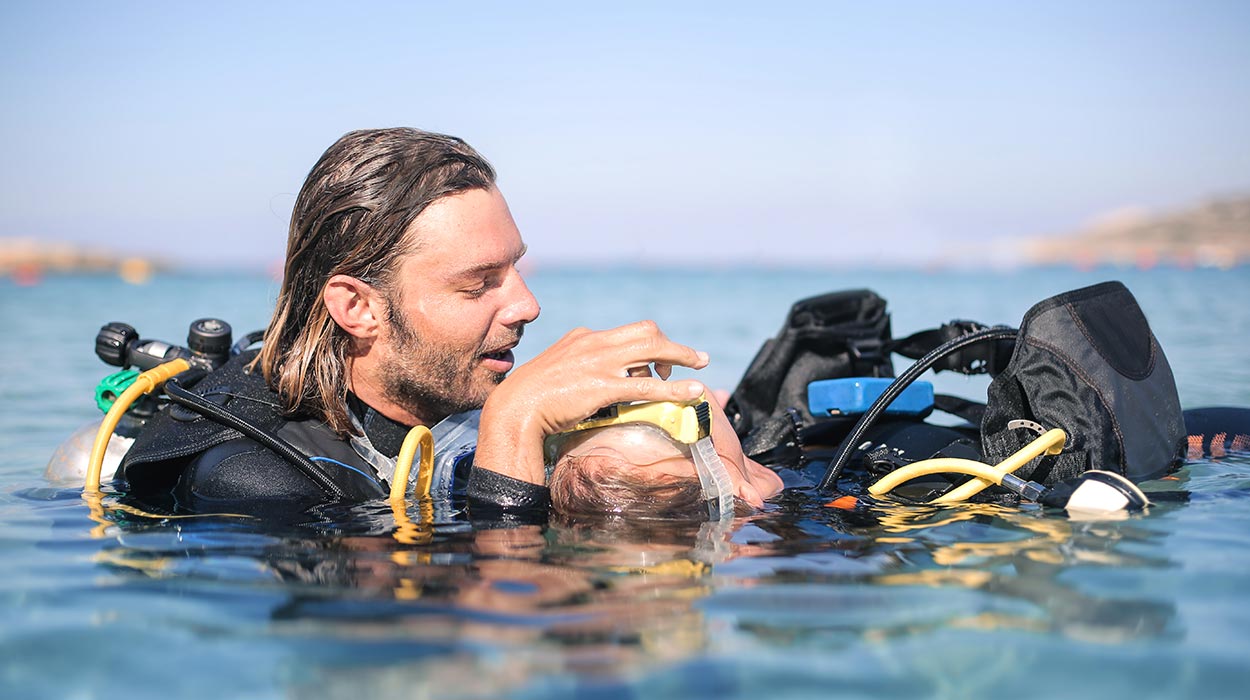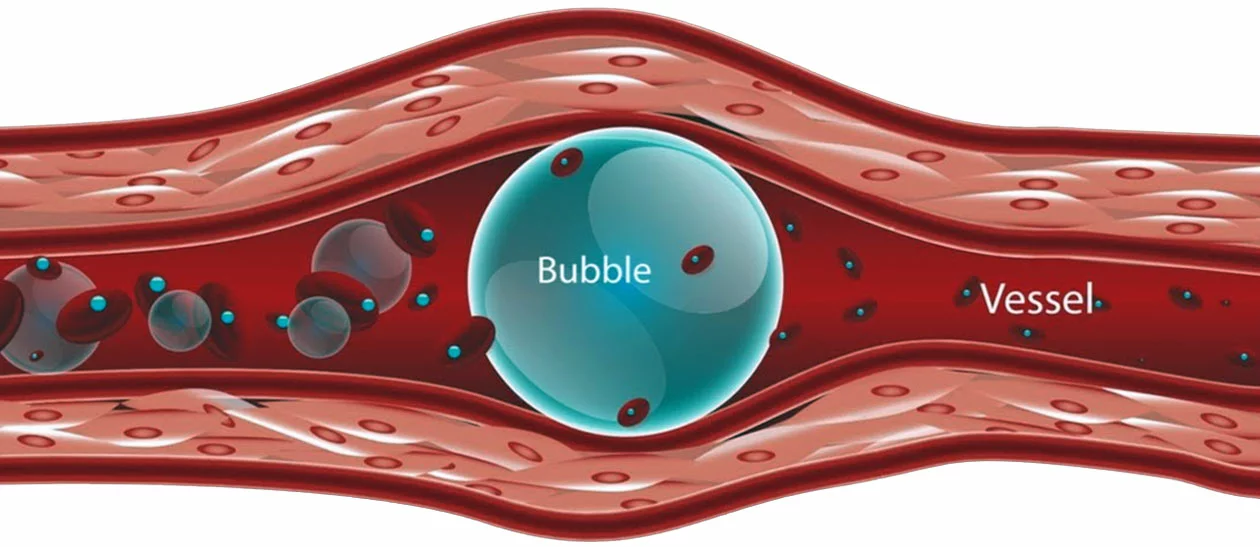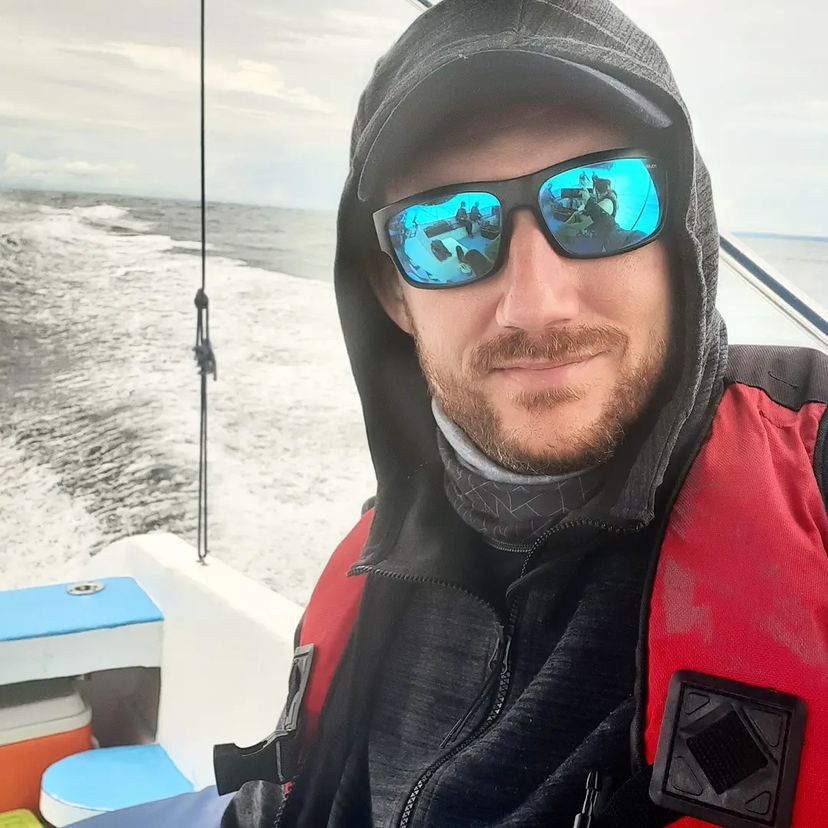If you’ve heard anything about scuba diving, you might have come across a term like decompression illness or decompression sickness. This is actually one of the possible negative effects of being underwater. And while scuba diving is very safe so knowing about decompression sickness is an important part of every diver’s knowledge. Let’s talk about this very thing today.
Decompression illness is a condition that can affect individuals who are exposed to changes in pressure, such as divers and individuals who ascend to high altitudes. This article aims to provide a comprehensive overview of decompression illness, including its causes, symptoms, prevention, and treatment.
Table of Contents
Understanding Decompression Illness
What we breathe every day is air, which is a mixture of gases such as oxygen and nitrogen, with a small addition of gases such as argon, neon, helium or carbon dioxide. However, this is such a small part that in diving training we can ignore it and focus on these two main players – oxygen and nitrogen. The same mixture is in a standard diving tank. Well, unless you are diving with nitrox or trimix, then of course you have something different. However, for most recreational divers it will be regular air.
And while oxygen is necessary for us to live, we don’t need nitrogen for anything. We inhale and exhale it with every breath, because it simply serves us no purpose and acts here only as an empty air filler. The problem arises with increased pressure, that is, for example, underwater during a dive. This nitrogen partially dissolves in our tissues with each breath we take. This is also not a big problem because normally after a dive our body will slowly get rid of this accumulated nitrogen. This process is called desaturation. But…

What is Decompression Illness?
Decompression illness refers to a range of conditions that occur when dissolved gases escape and form bubbles in the body. These bubbles can block blood vessels, leading to a variety of symptoms and complications. The disease is commonly associated with scuba diving, but can also occur during activities such as mountaineering or working in a pressurized environment. This can cause some pretty serious complications, which is why a basic knowledge of decompression sickness is a must for any diver.
Causes of decompression illness
The primary cause of decompression illness is the rapid reduction of pressure, which allows the dissolved gases to form bubbles. In scuba diving, this can happen when a diver ascends too quickly or fails to follow proper diving procedures. Or if you are a technical diver and did not follow the dive plan and skipped decompression stops, the effect will be similar. But even if you follow all the rules and safety standards for diving, you can still fall victim to decompression sickness. Remember that the rules are designed to minimize the risk, not to eliminate it completely.
Types of Decompression Illness
You may have noticed that the terminology includes the terms decompression sickness and decompression illness. Despite appearances, they are not the same thing and it is good to know the difference. Decompression illness is a broader term under which two main forms of nitrogen and pressure problems are covered:
- Arterial Gas Embolism (AGE): AGE occurs when bubbles of gas enter the arterial circulation, blocking blood flow to vital organs and tissues. This can result in severe complications, including stroke or heart attack.
- Decompression Sickness (DCS): DCS is the more common form of decompression illness and involves the formation of bubbles within the body’s tissues and joints. It can cause a wide range of symptoms, such as joint pain, fatigue, dizziness, and neurological symptoms.

Symptoms and Signs
The primary symptoms observed in cases of Decompression Sickness (DCS) are typically joint pain and sensations of numbness or tingling. Following these, muscular weakness and difficulty in emptying the bladder are commonly reported. Severe DCS cases are easily identifiable due to the clear presence of noticeable signs and symptoms. However, in the majority of DCS cases, the manifestations are more subtle and may include minor joint discomfort or paresthesia (an abnormal burning or tingling sensation) in the extremities.
Of course, the symptoms of decompression sickness can vary in type and severity. They usually appear shortly after emerging from a dive or ascending to high altitudes. Symptoms can affect various parts of the body and may include:
- Joint and Muscle Pain: DCS often presents with pain in the joints, such as the shoulders, elbows, wrists, hips, knees, or ankles. The pain can range from mild discomfort to severe, debilitating pain.
- Fatigue and Weakness: Individuals with DCS may experience a general feeling of tiredness and weakness. This can affect their overall energy levels and ability to perform physical activities.
- Dizziness or Lightheadedness: DCS can cause sensations of dizziness or lightheadedness, which may be accompanied by a feeling of being unsteady or off balance.
- Difficulty Breathing: Some individuals may experience difficulty breathing or shortness of breath. This can be a result of the bubbles affecting the pulmonary circulation or causing irritation to the respiratory system.
- Chest Pain: Chest pain or discomfort can occur in cases of more severe DCS. It may be localized or spread across the chest and can be mistaken for other cardiac-related issues, necessitating proper medical evaluation.
- Numbness or Tingling: DCS can lead to sensations of numbness or tingling, often in the extremities such as the hands, fingers, feet, or toes. This can be a result of nerve involvement due to the presence of bubbles.
- Skin Rash or Itching: Skin manifestations like rashes or itching can occur in some cases of DCS. These skin-related symptoms are thought to be an inflammatory response to the presence of bubbles or other physiological changes.
Prevention and Safety Measures
As I mentioned earlier, even if you follow the rules, you can experience decompression sickness. This is a small risk, but it exists nonetheless. However, you can try to take extra precautions to minimize this risk. The general advice would be to use common sense. In addition, also pay attention to:
Proper Diving Techniques
- Follow dive tables or use dive computers to calculate and monitor ascent rates.
- Ascend slowly and make regular safety stops during the ascent.
- Avoid excessive exertion during the dive.
- Stay well-hydrated before, during, and after the dive.
- Perform a thorough pre-dive check of equipment.
Dive Planning and Safety Stops
- Plan dives within safe limits and adhere to no-decompression limits.
- Make safety stops at the end of each dive, even if not required by the dive table.
- Allow for adequate surface intervals between repetitive dives.
- Consider a conservative dive profile, especially for deeper dives or dives with longer bottom times.
Altitude Precautions
- Ascend slowly when moving to higher altitudes.
- Take breaks and acclimatize properly during altitude changes.
- Avoid vigorous physical activity immediately after ascending to high altitudes.
Treatment of decompression illness
Treatment of decompression sickness requires hosiptalization and medical consulation. It is usually necessary to use a decompression chamber to artificially increase pressure to slow the escape of nitrogen from your body. However, all this requires consultation with a specialist as soon as possible. Going underwater again or other “homemade” methods are certainly not a great idea here and can only do more harm than good.

First Aid Procedures
First aid is, of course, a very important training and even part of the PADI Rescue Diver course. But, I often tell my students that real life is not like the training. In the event of any diving incident or accident, our options are very limited. In fact, they come down to only two things – administering pure medical oxygen and getting back to land as quickly as possible. Decompression sickness is also no different, if we notice any symptoms in our client, we will do these two things without discussion – give pure oxygen and return to shore.
Decompression Illness – let’s recap
As you can see, Decompression illness is a potentially serious condition that can occur due to rapid pressure changes during activities like scuba diving or ascending to high altitudes. Understanding its causes, symptoms, prevention measures, and prompt treatment is crucial for minimizing the risks associated with this condition. By following proper diving procedures, safety guidelines, and seeking immediate medical attention when needed, individuals can reduce their chances of developing decompression illness.







